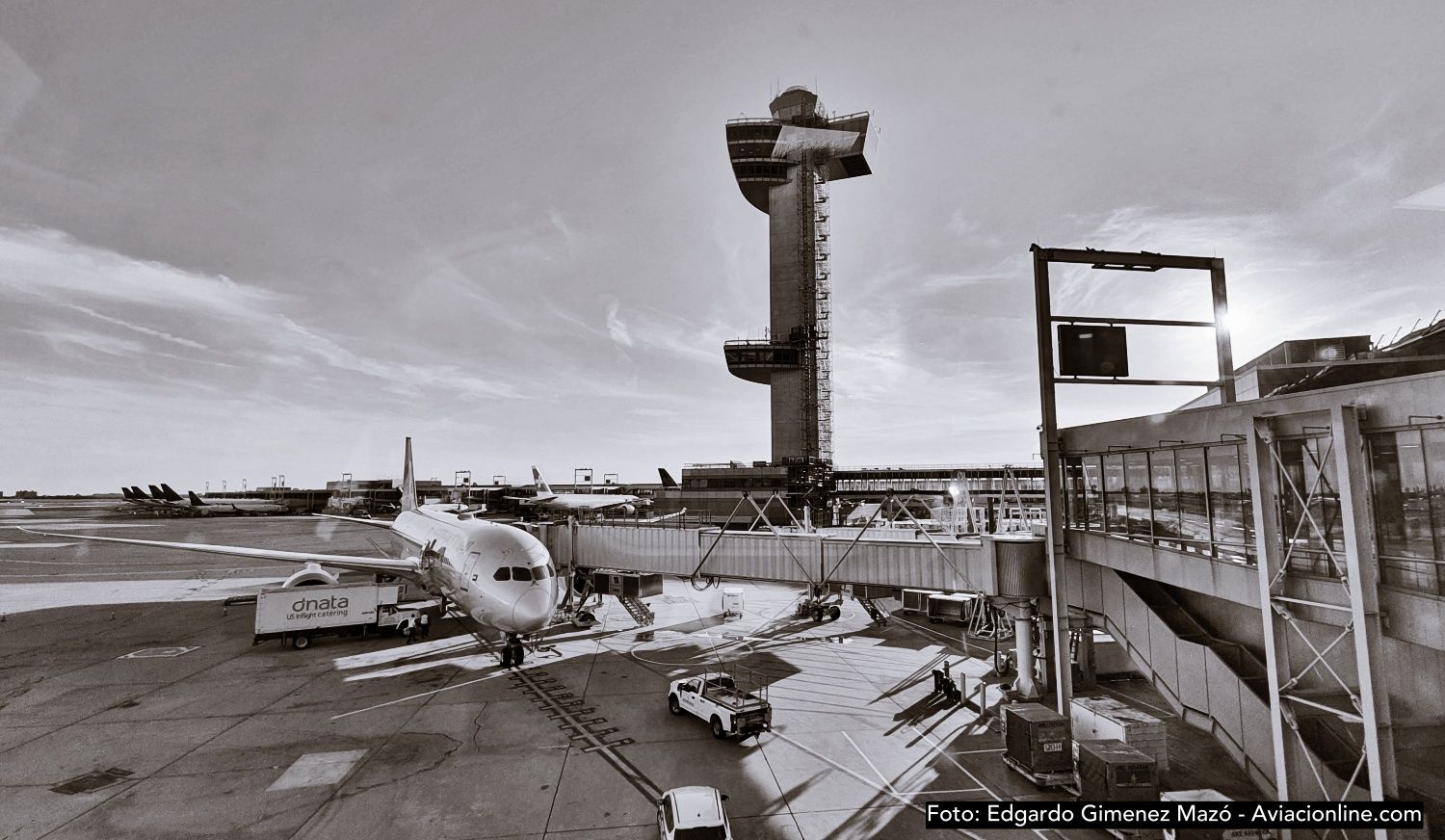5G and aviation: industry calls on U.S. Government to make progress on implementation
In a letter sent to Director Brian Deese, Secretary Gina M. Raimondo, Secretary Pete Buttigieg, Assistant Secretary Alan Davidson, and Assistant Secretary Billy Nolen, aviation industry stakeholders called on authorities to move forward with the implementation of 5G telecommunications technology while maintaining aviation safety procedures.
The text highlights that it has been more than a year since a coalition of stakeholders met with the National Economic Council to discuss the need to implement the new technology without affecting safety. The meetings followed repeated expressions of concern from industry about the potential interference that the new infrastructure could cause to aircraft.
As a result, and thanks to the action of the officials involved, the grounding of a large number of commercial aircraft was avoided. From that point on, a process of collaboration and discussion between aviation stakeholders and telecommunications companies began.
«However, after a year of discussions and despite accommodations made by all parties, we are now seven months away from the next deadline, with significant risks still unresolved», the aviation industry stakeholders said in the letter.
«We believe that by finding accommodations now, we can prevent another last-minute
herculean intervention by the administration and major disruption to our air transport system», they explain. Since the arrival of the 5G signal from carriers AT&T and Verizon, which have a frequency range close to that used by many aircraft, there have been operational complications due to a lack of accurate information.
In that sense, aviation industry players assure that the sector continues to «strongly» support the implementation of this type of services throughout the country. However, they emphasise that safety will not be compromised. They also recalled that the Federal Aviation Administration documented more than a hundred incidents possibly linked to jamming since January of this year.
«Inter-agency government progress appears to be at a stalemate, while stakeholders are doing their part to address these issues», they said in the document. In this regard, they highlighted joint work with telecommunications companies to implement mitigations and maintain lower power levels near airports.
On the other hand, they argue that aviation is «taking on the burden of designing and implementing fleet retrofit». At the same time, they point out that problems in supply chains and delays in certification of solutions add an additional problem.
«All this investment will be wasted if a long-term mitigation plan is not put in place and codified in regulation, as additional wireless providers that have not been part of these interim voluntary efforts begin to provide services», they explained.
Finally, aviation industry stakeholders reiterated the need for regulators to codify the necessary mitigations and extend the current July 2023 deadline. In that case, the technology could be successfully rolled out, but without impacting aviation safety on United States’ territory, they assured.
See also: 5G: LATAM resumes flights to the United States with 777s


Comentarios
Para comentar, debés estar registrado
Por favor, iniciá sesión